Northwestern University with the Chicago Children’s Museum in prototyping and formative evaluation of the new permanent exhibit, Tinkering Lab, which focuses on the self-guided exploration of materials for K-8 students.

Northwestern University with the Chicago Children’s Museum in prototyping and formative evaluation of the new permanent exhibit, Tinkering Lab, which focuses on the self-guided exploration of materials for K-8 students.
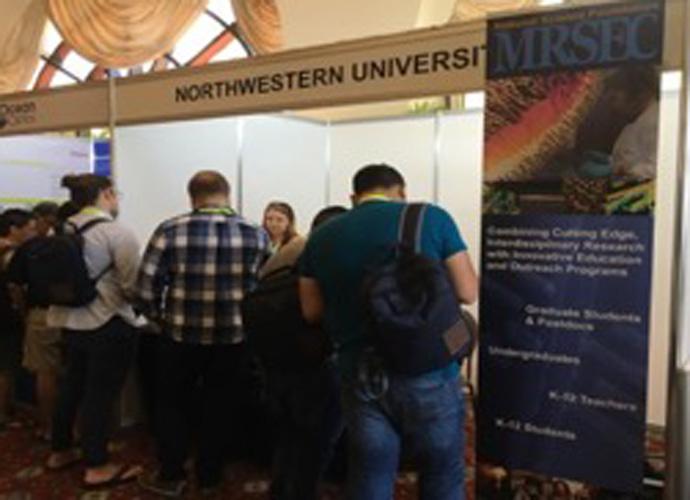
To increase awareness, promote international collaboration, and broaden participation from traditionally underrepresented groups in the NSF-MRSEC program, an NSF-MRSEC booth was featured at the XXV International Materials Research Congress in Cancun, Mexico.
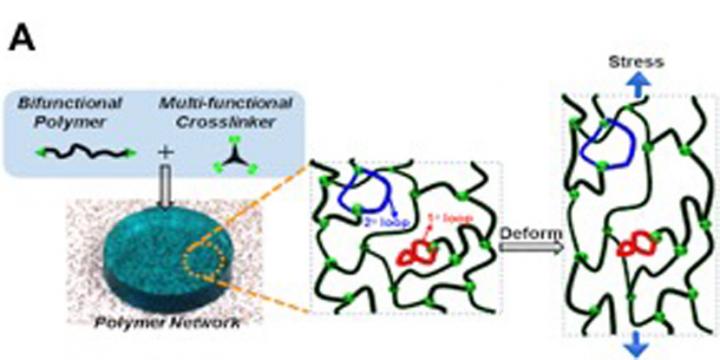
MRSEC researchers have used newly developed loop counting methods to precisely measure the storage moduli and loop fractions of a range of rubbery gels. A new theory, called Real Elastic Network Theory (RENT) was derived that describes how loop defects affect bulk elasticity.
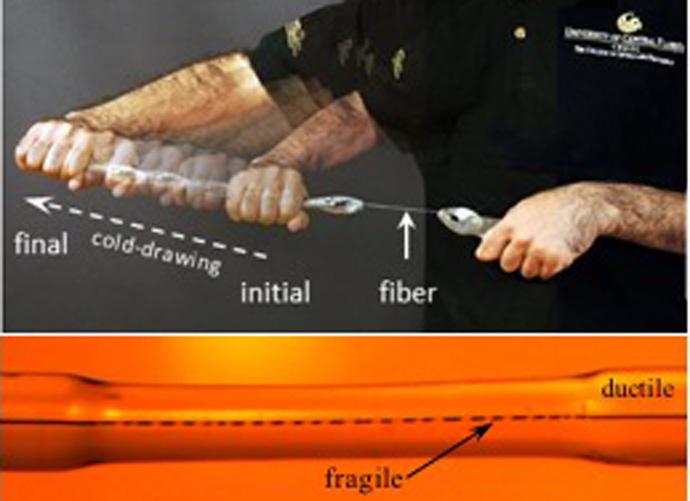
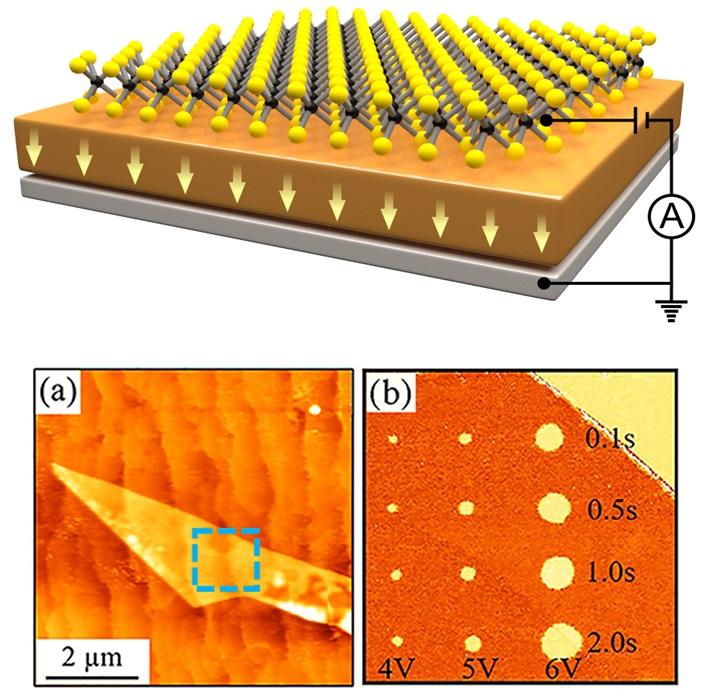
Nebraska MRSEC researchers have implemented hybrid electronic devices comprising two-dimensional (2D) materials and ferroelectric thin films of barium titanate (BaTiO3) that exhibit polarization-controlled non-volatile modulation of the electronic properties.

Nebraska MRSEC sponsored and organized Science Night Live!, a unique event that created opportunities for Nebraska scientists to engage the general public with science in ways that challenged stereotypes about who scientists are, how science is done, and why basic research is valuable.

Interactions among electrons can give rise to a variety of exotic quantum phases in solids. An intriguing example is the formation of “nematic” electronic states, whose wave functions break the rotational symmetry of the host material.
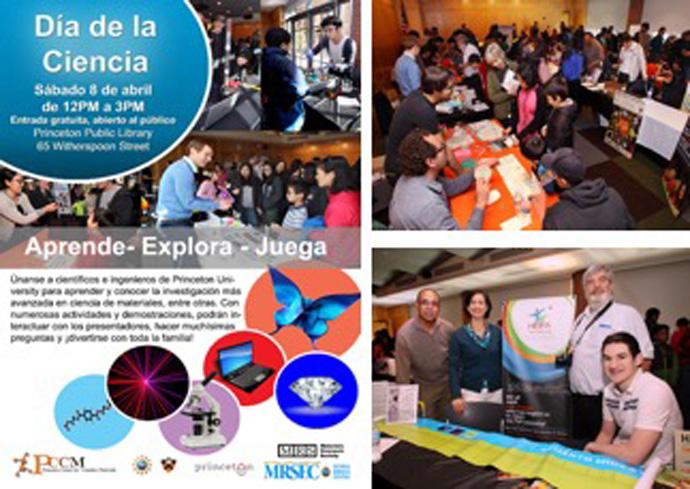
On April 8, 2017, PCCM held its first Día de la Ciencia at the Princeton Public Library. Forty scientists, mostly PCCM members, at 20 tables, met with over 500 members of the community.
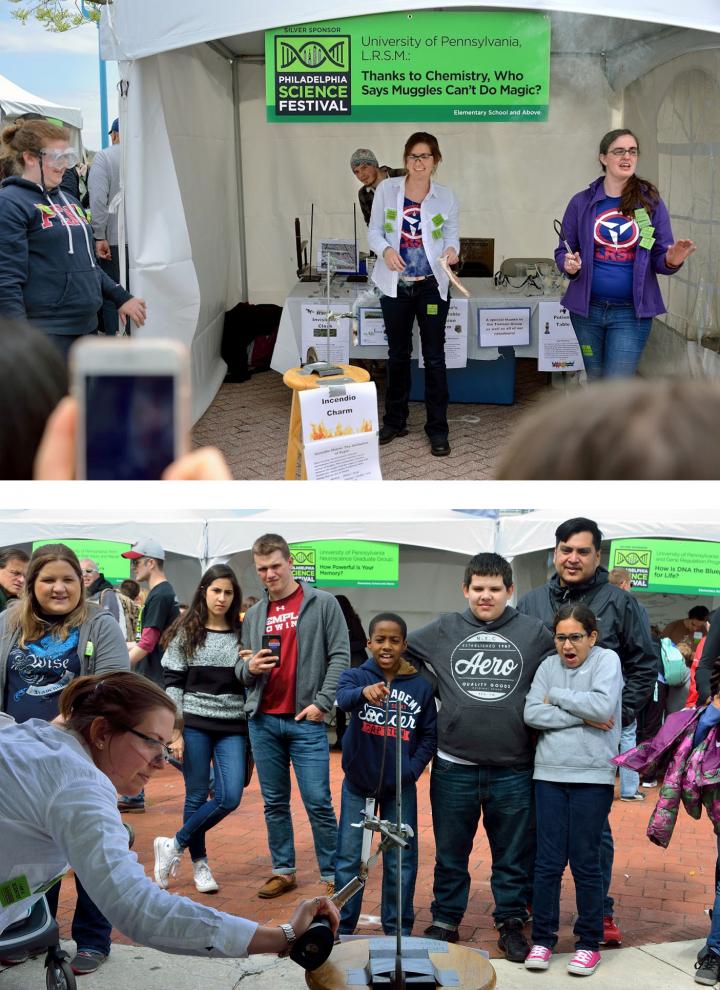
The Philadelphia Science Festival is an annual nine day celebration of science aimed to engage and excite kids of all ages. Each day there are multiple events building up to the Science Carnival, which was held on April 30th, 2016, and attracted approximately 55,000 attendees.
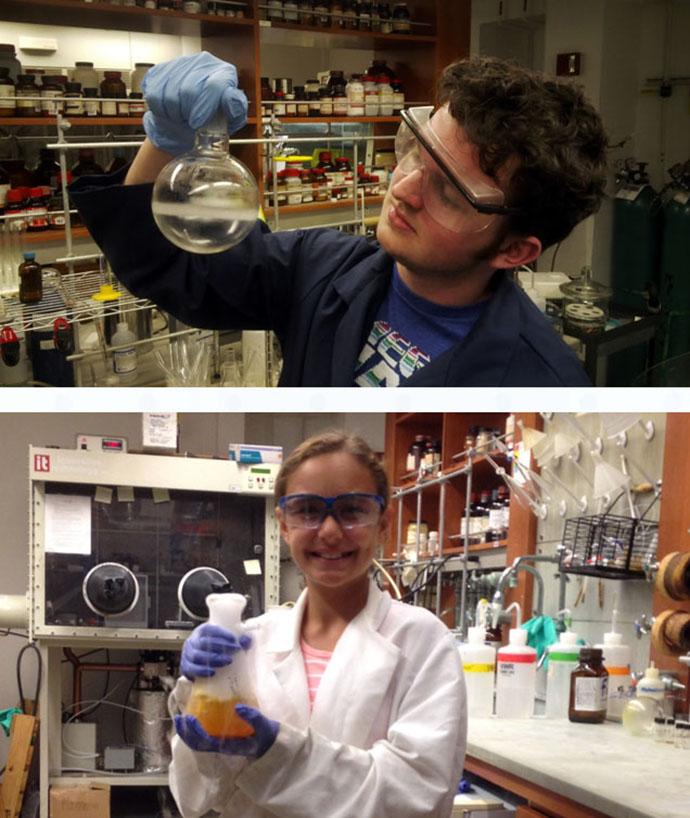
For many years now, MRSEC-affiliated faculty have accepted high school students into their labs during the summer, or on weekends during the semester, to undertake research projects that are supervised by a post-doctoral scholar or a senior graduate student.